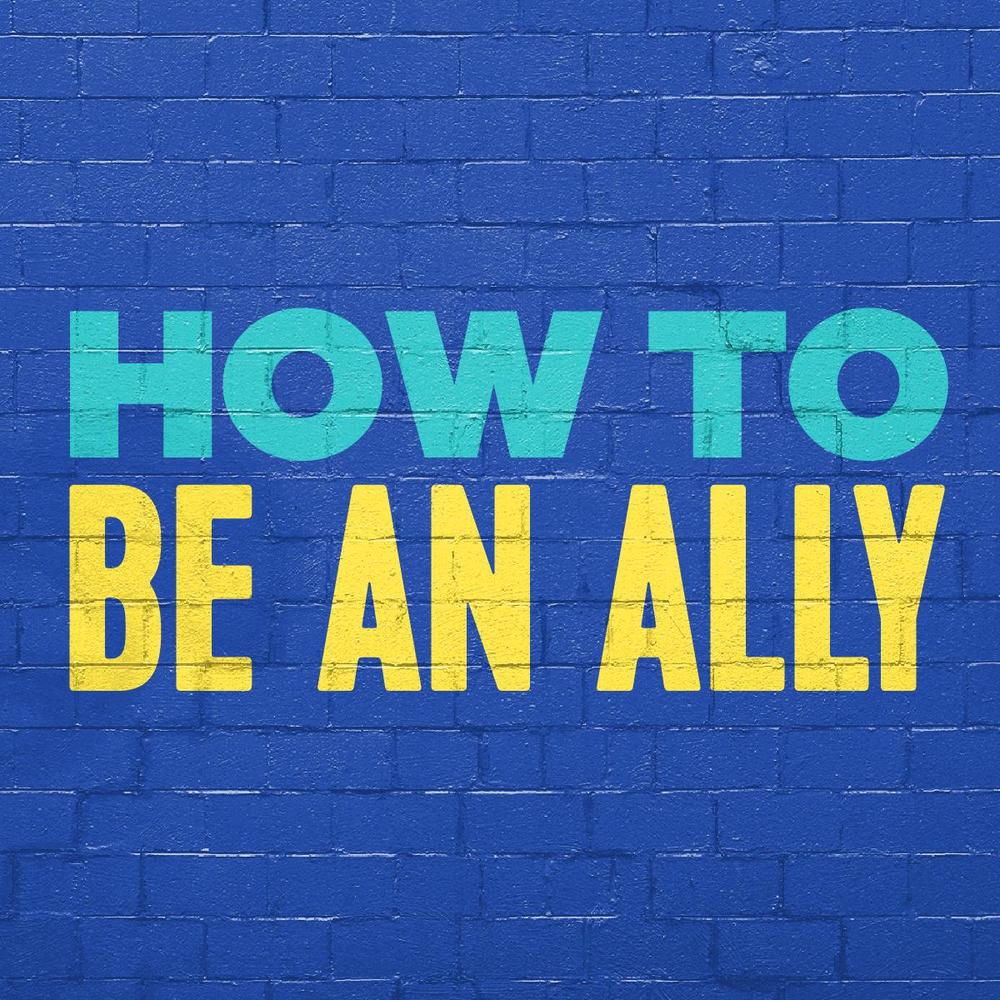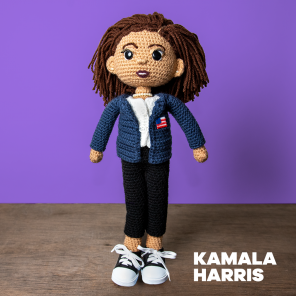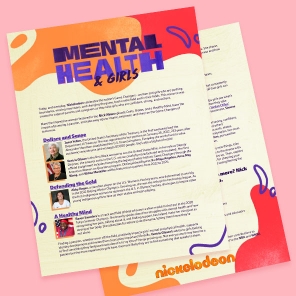
The Conscious Kid developed a list of actions to guide kids on how to be an ally to BIPOC. Share these actions with your children and continue the fight against racism and bias.
- Take on issues of racial injustice as your own. The fight belongs to you, not just Black people and people of color.
- Speak up if you witness racism. If you see someone being mistreated, stand up for the person being harmed and tell the aggressor that their behavior is not OK.
- Listen and learn from Black people and people of color, without asking them to educate you. Your life and social media feed should be full of Black and Brown voices and perspectives. Always credit the Black people and people of color who help you learn.
- Keep learning about race and racism. Learn the true history and contributions of Black people and people of color, both in the United States and across the globe, to understand how racism has impacted communities of color.
- Identify and call out stereotypes. Look for and share stories and experiences that push back against them.
- Acknowledge your own racism and racial bias. Because you live in a racist society, you hold racist ideas and beliefs. You cannot choose to not be privileged. The more aware you are of the ways in which your ideas and behaviors are shaped by race, the more effective you will be at reducing harm.
- Believe Black people and people of color when they say that something is racist. Do not doubt or punish people for sharing their experiences with racism.
- Honor and respect Black spaces and spaces of color. Spaces for communities of color are often important sources of resilience to inequity. Every situation is different, but it’s important to be aware that sometimes the best way to show up is to step back.
- Take up less space. It’s important to show support for racial justice without detracting from marginalized voices. Be aware of how much space you take when speaking out and make sure that Black voices and voices of color are being lifted up, heard, and centered.
- Understand what microaggressions are and how to avoid them. Microaggressions are daily slights and insults to marginalized groups or individuals. “Where are you really from?” “I don’t see color.” “You speak so well.” These are all examples of microaggressions.
- Get comfortable being uncomfortable. If you are not used to talking about race, it can be uncomfortable. Being uncomfortable is necessary to grow and move forward.
- Look for examples of solidarity throughout history and currently of people who have put their lives and livelihoods on the line to disrupt racism and violence against people of color.
- Acknowledge that you will make mistakes. Whether you get called out, or called in, the best way to respond is to apologize, repair the harm caused, and change your behavior moving forward to not repeat harm.
- Do not center yourself and make the fight about you. Remember that this work is to reduce harm and increase the safety and well-being of Black people and people of color.
- Reflect! You should not be relying on people of color giving you feedback and checking you on your behavior.
- Be open to feedback. If you get feedback, don’t shut down. Be grateful that someone cares enough to let you know how you can improve and use it as an opportunity to do better.
- Support the work of Black people and people of color. This includes projects, businesses, and media by and about people of color. This not only helps to sustain our work, it demonstrates the need and value of that work.
- Be aware of the way inequity and racial injustice shows up in your own life and what you can do to change it. Who are you learning about? What authors are you reading? Who is centered in your curriculum at school? Is your sports team diverse? What artists do you listen to? How might you engage these issues and work to change them?
- Ask questions! Never stop questioning why things are the way they are. If they are unfair, inequitable, or racist, how do you think they should change? How can you play a role in this and start now?
- Ask for more Black people and people of color in books, TV, and films. Send letters to your favorite show asking for more representation. Watch and read work done by Black people and people of color.
- Respect the bodies and humanity of Black people and people of color. Do not touch Black people’s hair.
- Understand what systemic racism is. Racism is not only individual assumptions, beliefs or behaviors. It is structural and a part of all aspects of our lives, including laws, public policies, institutional practices, cultural representations, and other norms.
- Name whiteness. Understand what it means to be white and the power and privileges associated with it.
- Know the difference between equity and equality. Equality is treating everyone the same, with access to the same opportunities. Equity means people get what they need to succeed and survive, and this may look different for different groups due to systemic racism. Support responses to racism that are rooted in equity.
- Commit to doing the work! This work must be a daily, lifelong practice.
Thank you to The Conscious Kid for sharing this resource.
The information above is also available as a printable PDF below.
If you haven’t seen Kids, Race, and Unity: A Nick News Special you can view it on Nick On Demand and the Nickelodeon YouTube Channel. Download the companion discussion guide for constructive conversations while you watch. Please also find our list of Anti-Racism Resources here.





